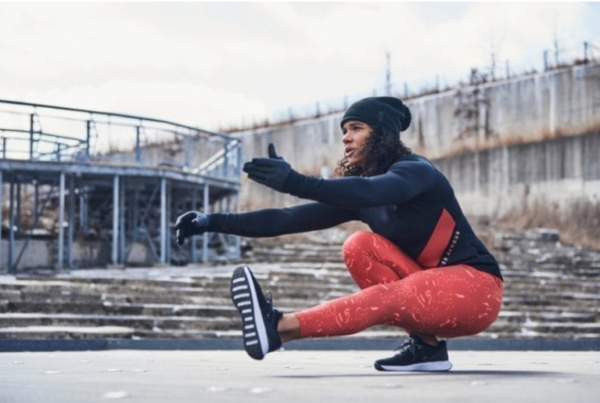“Diet” can be a dirty word: “When most people think about losing weight and dieting, the common themes are small portions, diet versions of foods, off-limits desserts and feelings of misery and guilt,” says Maggy Doherty, RD, owner of Doherty Nutrition.
But shedding pounds doesn’t have to be all about restrictions. In fact, there’s plenty you can add to your life to support weight loss, including filling foods, simple fitness tweaks and more movement throughout the day.
In this spirit, here are six tricks to make your weight-loss journey easier and more enjoyable, without a restrictive diet:
“Using the scale as your only motivator can be disappointing at times, as we don’t always lose weight as fast as we hope to,” says Audra Wilson, RD, bariatric dietitian and certified strength and conditioning coach at the Northwestern Medicine Metabolic Health and Surgical Weight Loss Center at Delnor Hospital.
To keep your weight-loss motivation going strong, create a list of reasons why you want to lose weight, like being healthy for your family and boosting your stamina to do something you’ve never done before. “When the going gets tough and you reach a weight-loss plateau (which isn’t necessarily a bad thing), having a list of what set you out on this journey to begin with will help you break through,” says Wilson.
“One of the biggest reasons people fail to stick to their healthy eating plan is that they are not prepared,” says Ryan Maciel, RD, a certified strength and conditioning specialist. Set aside a designated time each week to create a meal plan. Sit down, brainstorm recipe ideas and make your grocery list. At the grocery store, opt for pre-cut veggies and protein to speed up meal prep, suggests Maciel. You can also opt for a meal kit subscription or consult a nutritionist for help getting started.
- READ MORE: The Weight-Loss Trick That Only Takes 15 Minutes
“A useful trick anyone can use is drinking a glass or two of water 10 minutes before eating a meal,” says Elliott Upton, a certified personal trainer at Ultimate Performance. This way, you won’t mistake thirst for hunger, and in general, proper hydration supports weight loss. “Drinking enough water will help you feel full, stave off hunger and keep you from overeating,” explains Upton. A great way to make sure you’re getting enough water is to track it with an app like MyFitnessPal. Don’t forget to keep a water bottle on-hand to refill regularly.
NEAT (aka non-exercise activity thermogenesis) activities encompass everything you’re doing when you’re not eating, sleeping or sweating it out at the gym. Think: taking the stairs, playing with your kids, cleaning the house, raking the leaves and even fidgeting. If you have a desk job, “use the bathroom on another floor of your building or go to another co-worker’s office instead of sending an email — every step counts,” says Wilson. “NEAT can be game-changing when it comes to weight loss. The calories you burn can be the difference between calorie maintenance (remaining the same weight) or calorie deficit (the condition you need to lose weight),” adds Upton.
“Move your tooth-brushing routine from right before bed to right after your final meal,” suggests Dani Singer, certified personal trainer and director of Fit2Go Personal Training in Baltimore, Maryland. “This is perfect for anyone with a habit of late-night snacking. By making a habit inconvenient (having to re-brush your teeth), you’re less likely to perform it (aka you won’t wander back to the pantry).”
The sleep-weight connection is clear: If you don’t get enough quality shut-eye, it negatively affects appetite-controlling hormones, fueling daytime hunger and overeating. For this reason, “optimizing sleep quality and duration needs to be a cornerstone of any weight-loss program,” says Upton. The trick is to schedule a non-negotiable bedtime to ensure you get at least 7–8 hours of sleep. Before you settle in, prime your sleep environment by cooling your bedroom (the optimal temperature is 60–67°F, or about 16–19°C), using blackout shades and putting away your phone, laptop and any other artificial light sources.









